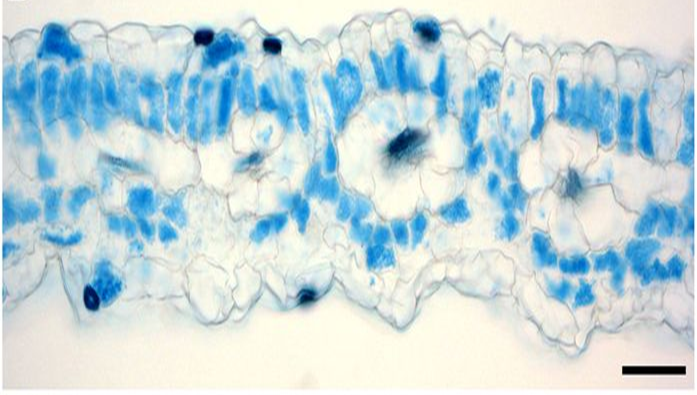
Best of 2016: Top Topics in The Plant Cell journal
Blog, Research, Research Blog, The Plant CellWe’ve highlighted some of the Plant Cell papers that were widely shared, liked, blogged, retweeted and otherwise garnered high-levels of attention this year. Perhaps you can use some holiday-season quiet time to catch up on those you missed.
Reviews and Perspectives
Creating order from chaos: epigenome…
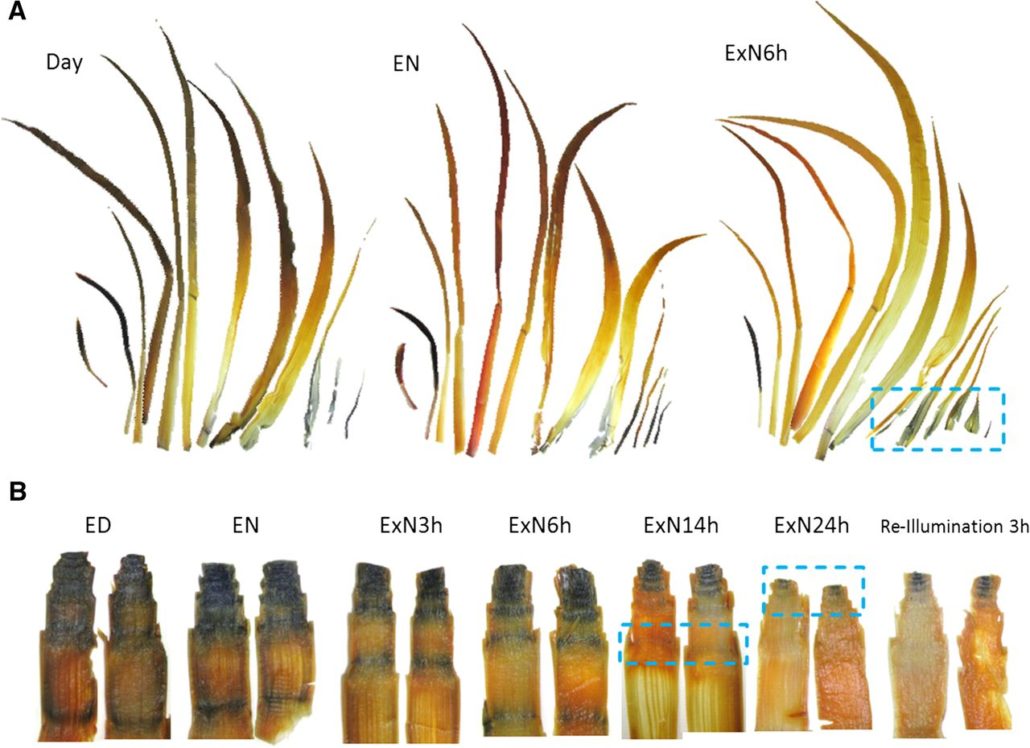
Best of 2016: Top Topics in Plant Physiology jounal
Blog, Research, Research Blog
We’ve highlighted some of the Plant Physiology papers that were widely shared, liked, blogged, retweeted and otherwise garnered high-levels of attention this year. Perhaps you can use some of that holiday-season quiet time to catch up on those you missed.
The breakaway attention-getter from Plant…
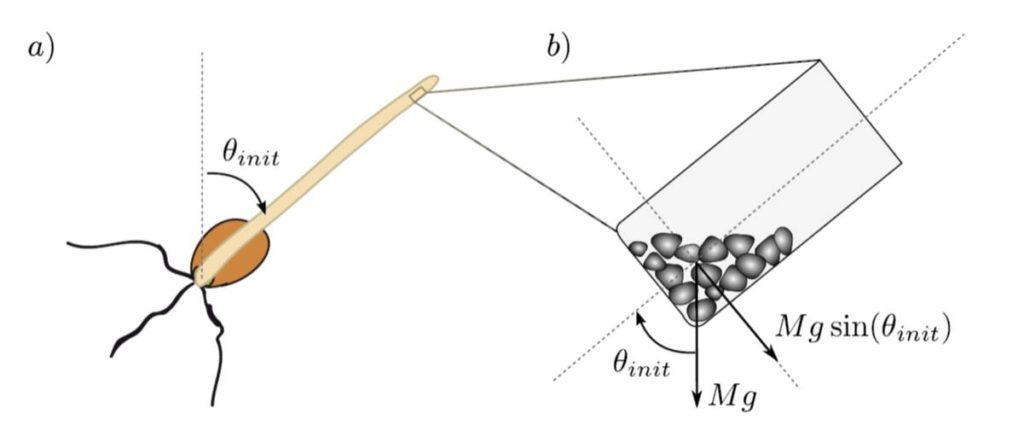
Inclination, not force, is detected in shoot gravitropism
Plant Science Research Weekly, Research0 Comments
/
Plant cells detect gravity as a consequence of the movement of dense starch granules called statoliths when the statoctyte, the cell that encompasses, them reorients. An open question has been whether the position of the statoliths within the statocyte or the force exerted by them is the primary gravisensing…
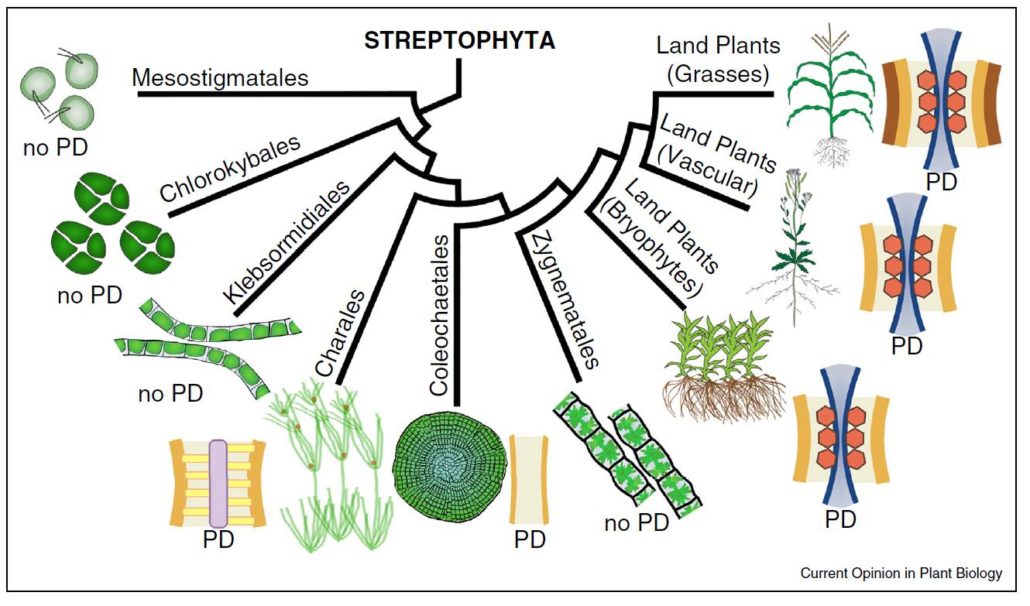
Review: Plasmodesmata, pores between cells ($)
Plant Science Research Weekly, ResearchThe cytosol of most plant cells are connected by plasmodesmata, tiny channels that form bridges between adjoining cells (guard cells notably lack plasmodesmatal connections). Water, ions, small molecules, proteins and viruses can move through plasmodesmata. Upon wounding or infection, plasmodesmatal…
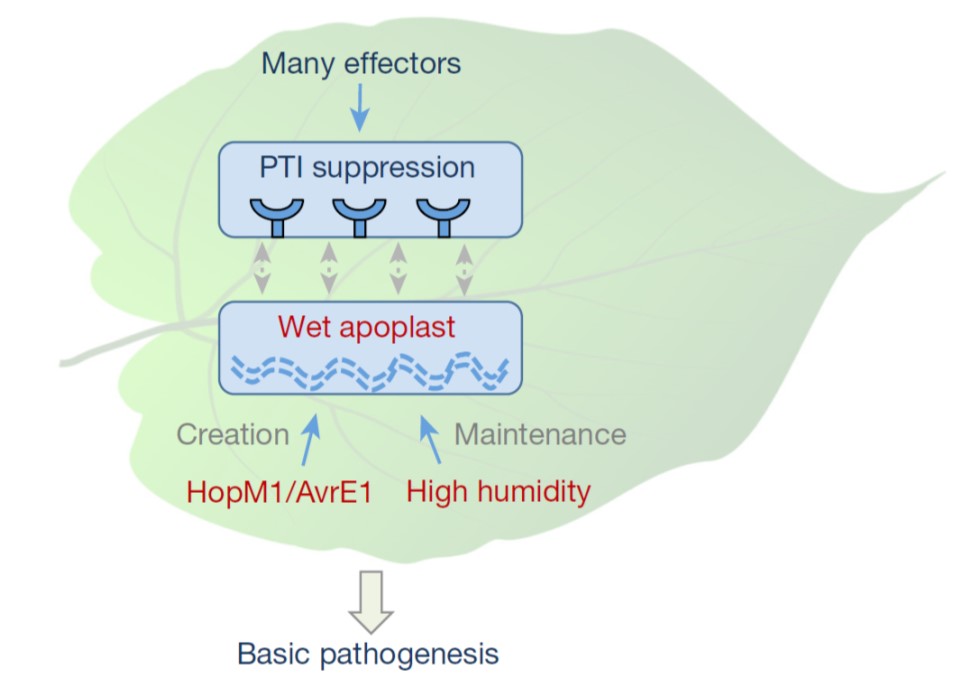
Bacteria establish an aqueous living space in plants crucial for virulence ($)
Plant Science Research Weekly, Research
Although it is widely accepted that high humidity has a strong influence on plant diseases of the phyllosphere (the above-ground portions of the plant), the molecular basis is not understood. Xin et al. report that an important step in bacterial infection of the phyllosphere is a pathogen-driven…
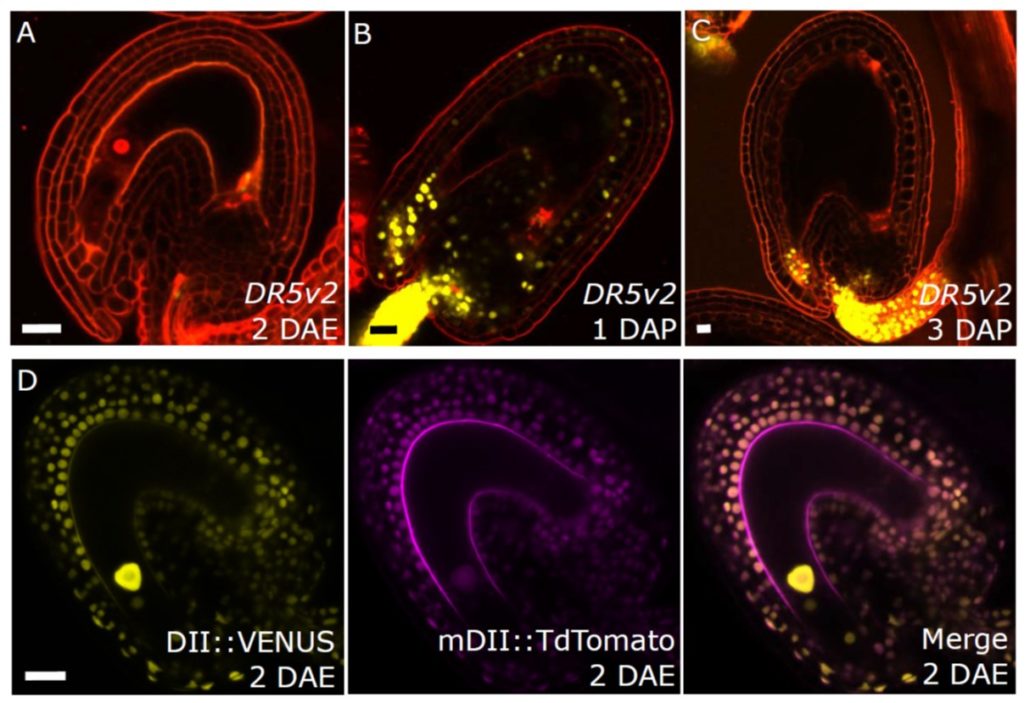
Auxin production in the endosperm drives seed coat development in Arabidopsis
Plant Science Research Weekly, Research
Seed vitality is critical for plants’ evolutionary survival and food production by economic crops such as rice, wheat, etc. Seed formation is preceded by well-coordinated events involving mainly fertilization, endosperm and seed coat formation in chronological order. How is the signal relayed from…

Review: Programmed Cell Death in Development and Disease
Plant Science Research Weekly, Research
Programmed cell death (PCD) is an active process that occurs as part of normal development and also contributes to defense against pathogens. While there are many similarities in developmental PCD (dPCD) and pathogen-triggered PCD (pPCD), there are also differences. Huysmans et al. review and contrast…
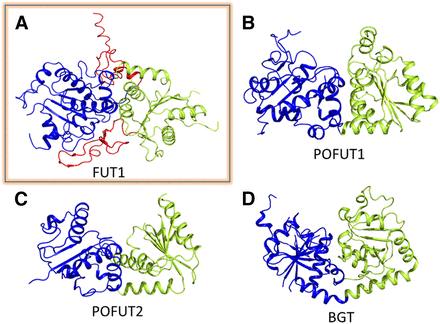
Another Step Closer to Understanding Plant Cell Wall Biosynthesis: The Crystal Structure of FUCOSYLTRANSFERASE1[
Research, The Plant Cell, The Plant Cell: In Brief
IN BRIEF by Nancy R. Hofmann [email protected]
Plant cell walls consist of cellulose microfibrils embedded in a matrix of polymers including hemicelluloses. As one of the main hemicelluloses in the cell walls of dicots, xyloglucan is an important target of study to understand plant cell walls…

A Breakthrough in Monocot Transformation Methods
Research, The Plant Cell, The Plant Cell: In Brief
IN BRIEF by Nancy Hofmann [email protected]
The ability to generate transgenic plants without regard to cultivar or genotype can be considered a holy grail of cereal crop transformation. Despite years of effort, it has been remarkably difficult to develop efficient methods for transformation of…

